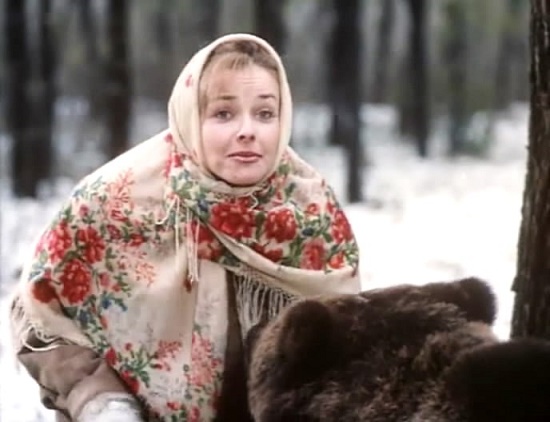Soviet graphic artist Viktor Ivanovich Govorkov

Perhaps, the most famous poster of the USSR period “No to alcohol!” (1954). Soviet graphic artist Viktor Ivanovich Govorkov (18 November 1906 – 13 June 1974)
Soviet graphic artist Viktor Ivanovich Govorkov
Born on November 18, 1906 in Vladivostok, Viktor Ivanovich Govorkov was a bright representative of Soviet Art. Member of the USSR Union of Artists, Honored Artist of the RSFSR (1971). Known, first of all, as the author of numerous propaganda posters on various themes. In particular, foreign and domestic politics, sports, fighting alcoholism and hooliganism. Worked in the field of journal and newspaper cartoons, and book graphics.
Viktor Ivanovich Govorkov studied in Moscow VKhUTEIN from 1926 to 1930. Noteworthy, his teachers were prominent Soviet artists – SV Gerasimov, DS Moor and VA Favorsky. His thesis work was a sketch of a panel for the decoration of Red Square by May 1 (1930). Having started as a painter, Govorkov, however, later worked exclusively in book graphics and a poster.
Read more »





